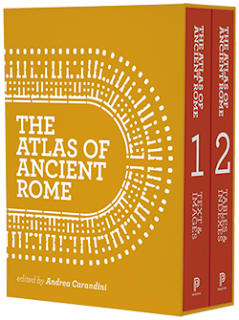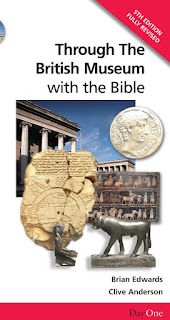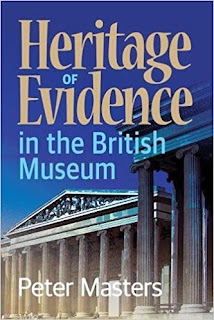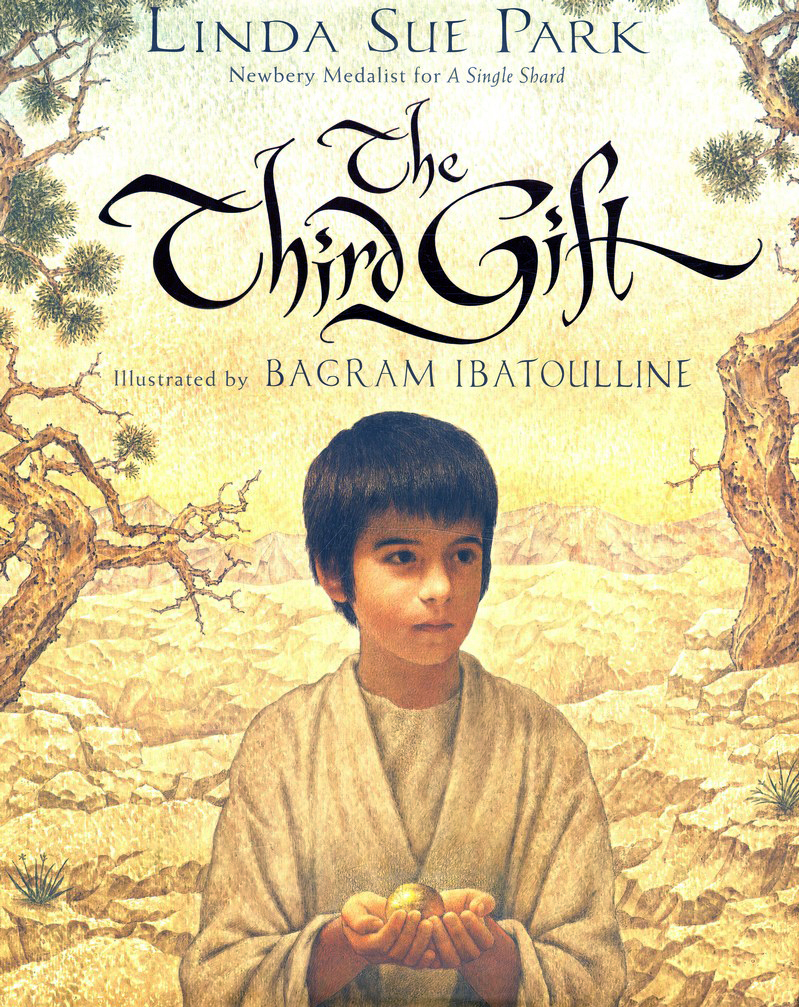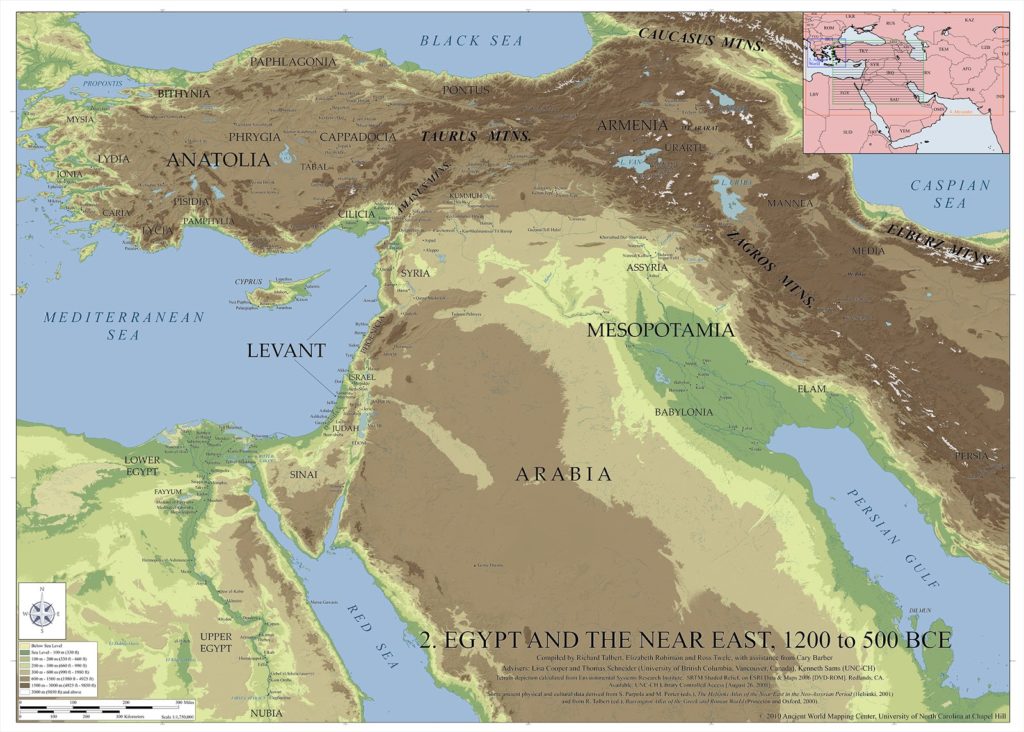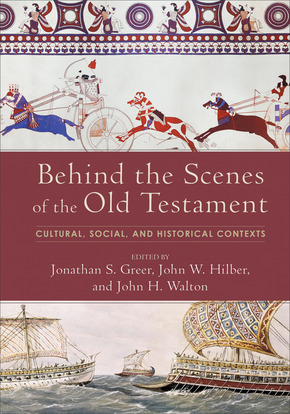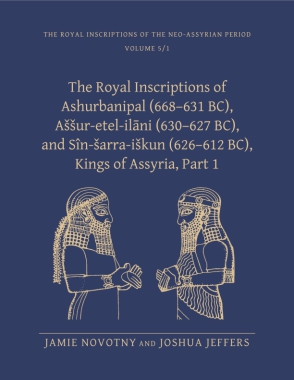(Post by A.D. Riddle)
Ancient Rome was a large and magnificent city, and while there are lots of impressive structures to be seen today, there are many ruins scattered around and under the modern city. The Atlas of Ancient Rome, quite an extraordinary work in its own right, takes up the task of illustrating the ancient city with plans, reconstructions, and other drawings. This two-volume set is a translation of an original Italian work edited by Andrea Carandini.
The first volume contains “Text and Images” and clocks in at 640 pages. The opening chapters include topics such as “The Natural Landscape” and “The Historical Landscape” and “Building Techniques.” These are followed by 14 chapters corresponding to the 14 Regiones of the ancient city. Each chapter covers the diachronic development of the city for that particular zone, so that, for example, you can without great difficulty focus your study specifically on Rome in the Age of Augustus or specifically on Flavian Rome. In volume one, you will also find a couple dozen beautiful and illuminating reconstruction drawings. I try to show off some of these reconstructions in the following video, and you can also view samples at the atlas’s dedicated webpage.
The atlas is not cheap. The publisher’s price is $200, and Amazon lists it for $169. Is it worth it? Volume one is quite impressive, but $169 is a stretch. My initial instinct was to set aside the second volume for later because it contains “Tables and Indexes.” I assumed “Tables and Indexes” would amount to lots of boring text giving statistics and other data. But when I cracked the cover on volume two, I realized that boy, had I got it wrong. Of the 464 pages, only about 45 page are black-and-white text. It turns out volume two is page after page after page of remarkable full-color plans, diagrams, and maps. Below is a short video in which I flip through some pages to give an idea of the content. You really have to hold it in your hands. After this, the price tag started to make more sense.
I am not a scholar of Rome, but I highly suspect that if your interest in the city goes deeper than the surface, then this two-volume set is a must-have. If you do not fit that description, then you will still probably want to encourage your library to get a copy.
Carandini, Andrea, ed.
2017 The Atlas of Ancient Rome. 2 vols. Princeton: Princeton University Press.
Related sites:
YouTube video highlighting Atlas’s features, by Princeton University Press
Princeton University Press’s description of Atlas
Atlas’s dedicated webpage
